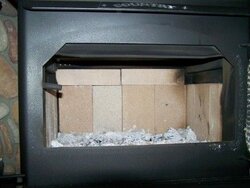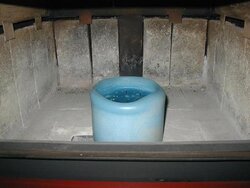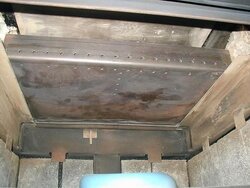I remember reading somewhere that you should avoid the wax and sawdust fire-starters because they can discolor the soapstone lined firebox on a Hearthstone . I believe it also mentioned that it will add to creosote buildup in the liner. Is this true? are some starters "ok" and others to be avoided? I really like the convenience of a starter but don't want to damage the stove or chimney.
Soapstone and Firestarters
- Thread starter citizanken
- Start date
-
Active since 1995, Hearth.com is THE place on the internet for free information and advice about wood stoves, pellet stoves and other energy saving equipment.
We strive to provide opinions, articles, discussions and history related to Hearth Products and in a more general sense, energy issues.
We promote the EFFICIENT, RESPONSIBLE, CLEAN and SAFE use of all fuels, whether renewable or fossil.




